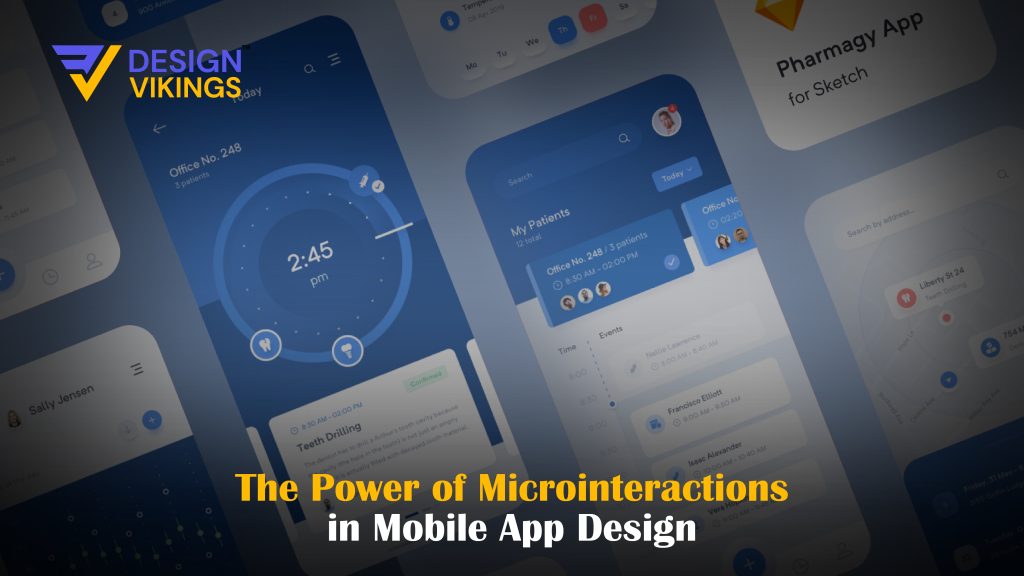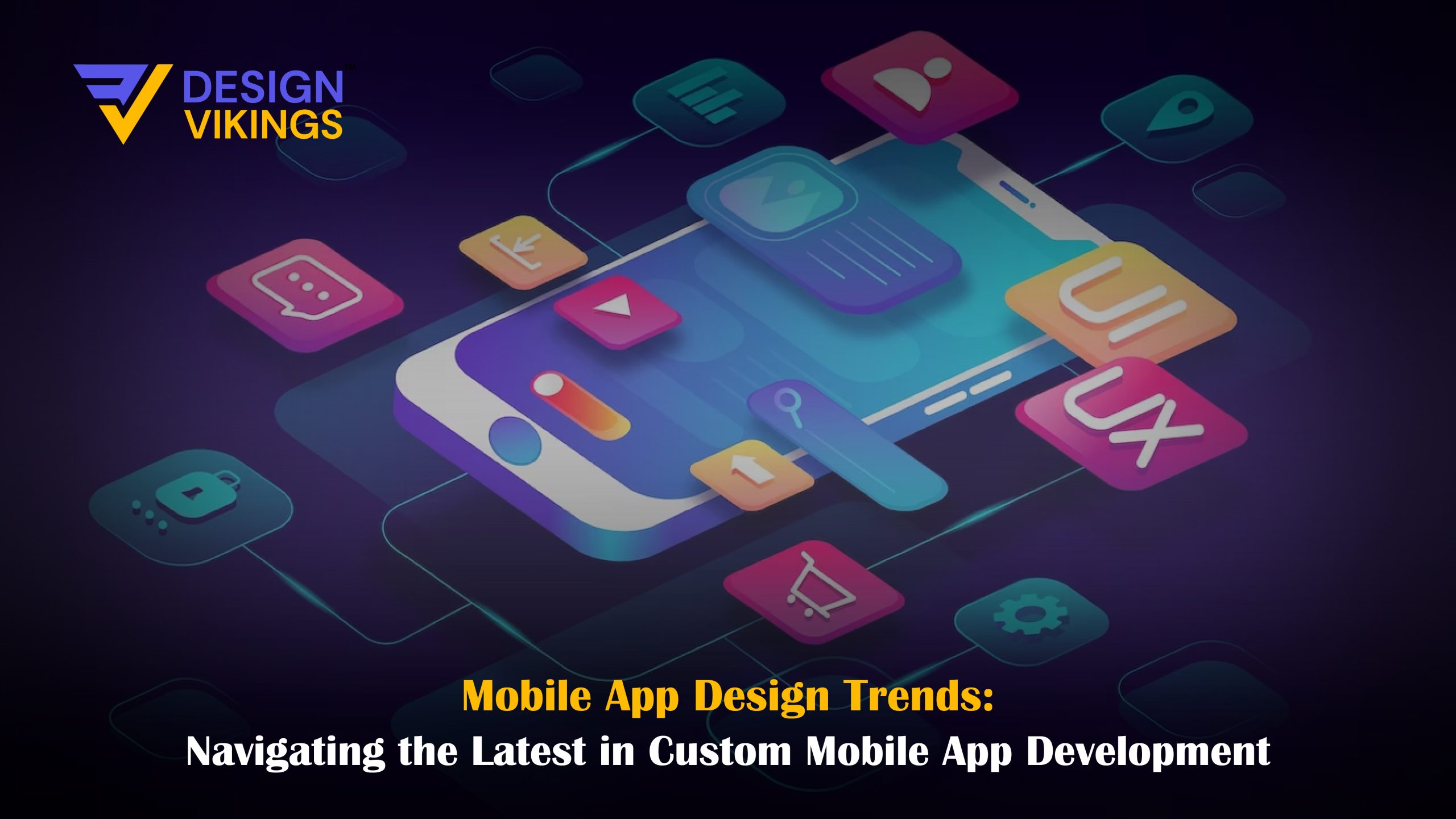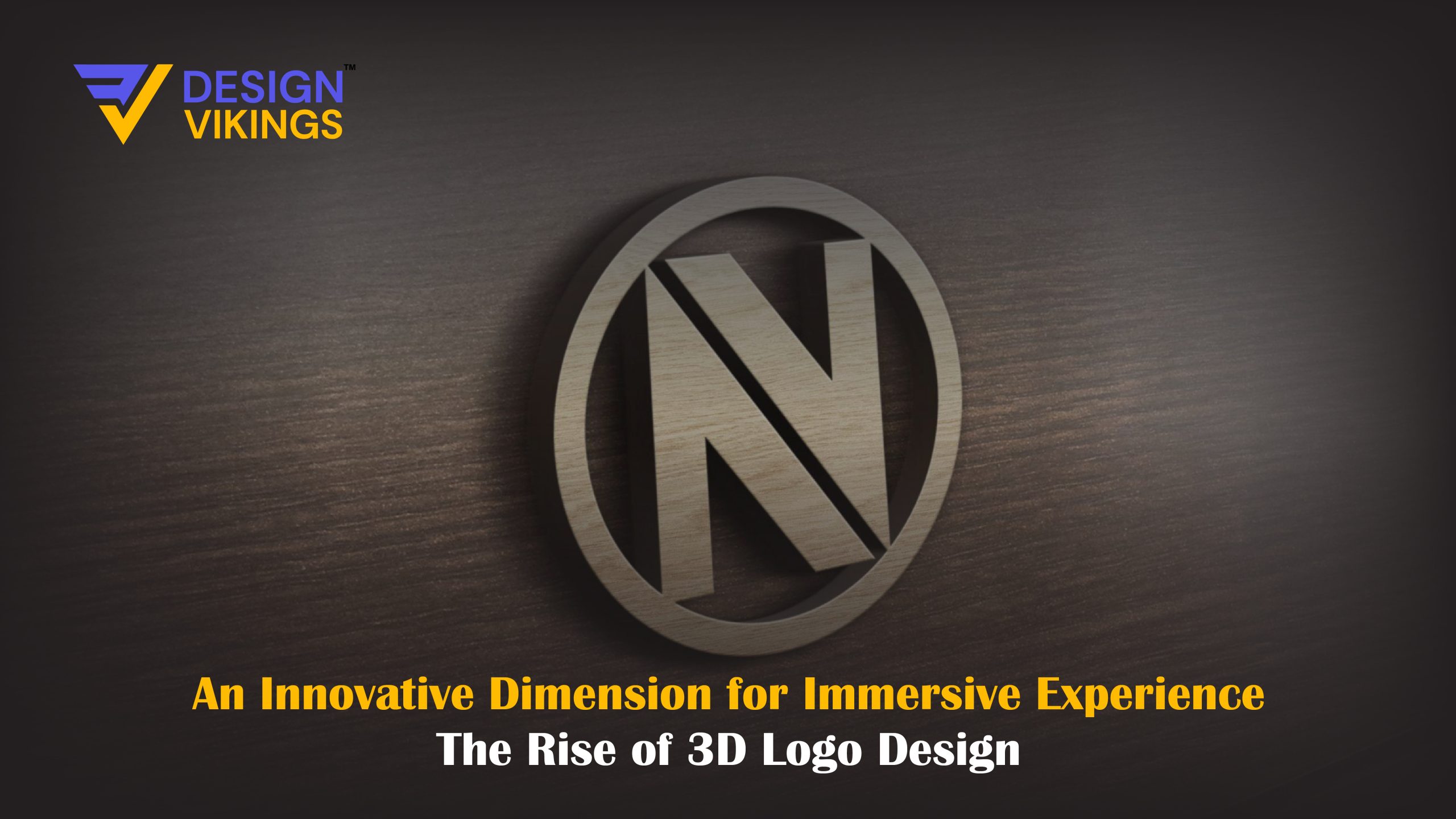In the world of business, the attention to detail is perhaps the most paramount element. With small details and elements making a bigger impact, the digital world is rocked by these small innovations. The dynamic world of mobile app design and development is being shaped by many trends. One of these trends is the introduction of microinteractions. Many elements contribute to the seamless user experience in mobile app design and development, but microinteractions stand out by a long margin. A combination of powerful and subtle, microinteractions tends to enhance the overall usability and appeal of mobile app design and development. With so much significance, we delve into the world of microinteractions and their power in mobile app design. We further dissect its impact on user engagement and its role in custom app design and development.
The Anatomy Microinteractions
Microinteractions are key elements in mobile app design and development. The breakdown of microinteractions is done in this section along with relevant examples to better understand the term. Without further ado, let’s dig into the conceptualization of microinteractions and their whereabouts. Microinteractions can be simply defined as small, nuanced responses occurring within a mobile app when the user performs an action. From likes on a social media app to form submissions, these interactions add a layer of responsiveness to the user interface.
What are Microinteractions?
Microinteractions are often overlooked design elements that are intelligently embedded into the mobile applications design and development. The tiny elements, although might feel insignificant, make the app come alive. Providing interactive, engaging and user-friendly experiences, microinteractions can make the app a standout performer and etch itself into the history books as the most successful app. Microinteractions can be used in various aspects including buttons, push notifications, animations, form inputs etc. The microinteraction’s main purpose is to provide feedback, and guidance and enhance the overall user experience.
Examples of Microinteractions in Custom App Design and Development
Some specific examples of microinteractions include the following;
Button Animations
A slight change in color, haptic feedback or a subtle animation when pressing a button engages the user and communicates that the action has been successfully performed.
Loading Spinners
While on the loading screen or waiting for the content, a loading spinner having a small nuance or a simple color change can help in keeping the user engaged. It also helps provide information about the ongoing process.
Confirmation Messages
When a task is successfully completed, a brief confirmation message or animation appearing on screen is also part of the microinteractions.
Pull to Refresh
When the user pulls the top edge of the screen to refresh the feed or content is also a part of microinteraction. The small loading animation keeps the user engaged and interested that something is happening on the screen.
The Impact of Microinteractions
Microinteractions in mobile app design and development are the epitome of success in modern times. With such small iterations and interactive elements, the mobile app can become a huge success overnight. These elements might seem ignorable at first glance but they elevate the user experience seamlessly. The impact that they have on the overall mobile development realm is unprecedented. When determining the key differentiating factors for mobile apps, microinteractions can act as powerful tools for defining the app’s legacy for the times to come. Specifically, they tend to enhance user engagement, guide user behavior, and help with branding and personalization. Let’s see how each of these objects enhances the user experience.
Enhancing User Engagement
The microinteractions in custom mobile applications engage users by creating a feedback loop. When users are informed about the consequences of their actions through microinteractions, the loop helps them to stay in control and interact with the application. A sense of control and understanding hence prevails in mobile app design and development with microinteractions. Thoughtfully crafted and intelligently placed microinteractions also tend to contribute to user delight. When the user is encountered with pleasing animations and small elements, the overall experience of using the mobile app becomes much more enjoyable.
Guiding User Behavior
Navigations in the app are the most important things. People do not like to search and scratch for things that they cannot find easily. Microinteractions can help users navigate through the app’s interface with ease. A simple notification, an indication or even the slightest mark on a few features can draw massive attention. Microinteractions can also be useful in guiding user behavior when facing errors. Simple errors require careful handling and microinteractions can help resolve those errors, instead of forcing the user to abandon the app usage due to frustration.
Branding and Customization
Microinteractions within the mobile app are custom elements that are suited to the brand’s personality. Specific color themes, or elements that are particularly associated with the brand help in adding a touch of personalization. A playful bounce or a simple fade can align with the brand’s identity and help build a strong brand image. In turn, the positive brand image enhances and fosters brand loyalty. Similarly, the microinteractions can be customized to the app to offer specific animations and features that are exclusive to the app. Mobile app design and development can match the application’s aesthetics contributing to an overall unique user experience.
Microinteractions in Custom App Design and Development
Custom app design and development is a specific niche. The applications designed with the brand’s requirements, values and goals in mind can help foster brand loyalty. Microinteractions can be easily integrated into custom app design and development. It can be a key differentiator in the crowded marketplace and can help establish a strong brand image for the mobile app. Specifically, microinteractions can enhance the value of custom mobile app design by engaging users and creating a fanbase for themselves. In this context, let us discuss the best practices tools and technologies for implementing microinteractions in custom app development.
Best Practices in Custom App Design and Development
Intrusions within the middle of the app can create a frustrating and irritating experience forcing the users to back down from using the app. When deploying microinteractions, it should be made sure that the animations are subtle and seamless without giving an ‘in your face’ feel. This would enhance the overall experience of users. Similarly, consistency is the key to microinteractions. If the same function or action, if triggers different experiences, the users might feel lost and would not connect with the app. A cohesive and familiar user experience is fostered through consistency in microinteractions. Also, custom app developers need to make sure that microinteractions serve a purpose. Without a clear purpose, the microinteractions put in place will disturb the user experience instead of enhancing it.
Tools and Technologies in Custom App Design and Development
For implementing microinteractions, there are several tools that can be used. Animation libraries such as Lottie or GreenStock Animation Platform (GSAP) can help in the seamless implementation of complex microinteractions. With premium animations and microinteractions available on these libraries, even the best features can be integrated for the best user experience. The second methodology is to implement it manually by prototyping microinteractions in Figma or Adobe XD. This helps designers and developers to collaborate in creating and implementing microinteractions.
The Future of Microinteractions in Custom App Development
In conclusion, the power of microinteractions in mobile app design cannot be underestimated. These small, subtle details have the ability to greatly enhance the user experience, providing feedback, guidance, and delight. By incorporating well-designed microinteractions, app designers and developers can create a more engaging and intuitive interface that keeps users hooked. Whether it’s a simple button animation, a helpful form validation, or a delightful loading animation, every microinteraction contributes to the overall success of an app. So, embrace the power of microinteractions in your mobile app design, and watch as your users become more satisfied, engaged, and loyal to your product. The future of mobile applications will certainly be defined by microinteractions.
If you are planning to develop an app or already have an app, microinteractions can give you the boost necessary to make your app a success. If you are looking for custom app design and development, Design Vikings can help you in your quest to achieve greatness. With our custom app design and development services, we help you translate your vision into a visually appealing app design and flawless functionality that provides an amazing user experience. Combine it with microinteractions, and your app can become unstoppable. Don’t wait, consult with our business analyst today by visiting www.designvikings.com.au today!







